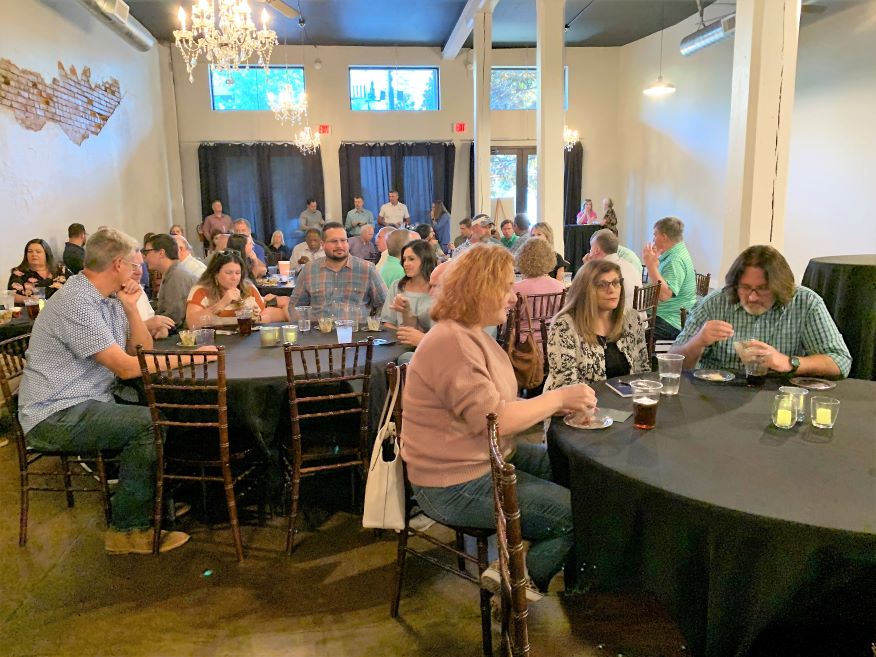Author Charles “Chuck” Marohn Jr., a civil engineer, Thursday evening described what, in his observations as a professional engineer and a land use planner for decades, it takes to make “Strong Towns.”
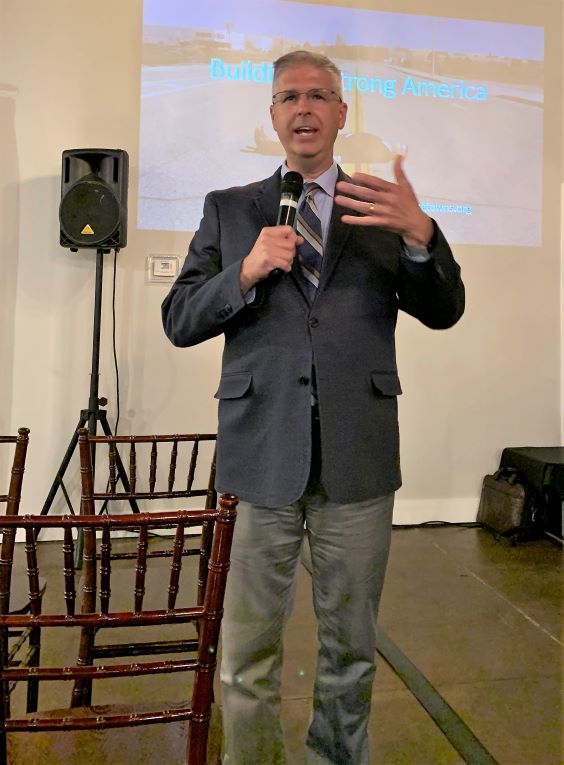
Some of the basic principals Chuck Marohn discussed have already been implemented or discussed for Sulphur Springs. The ordinance passed allowing accessory dwelling units and the infill housing development programs, renovating and repurposing existing buildings for current uses too fit within the scope of actions the author believes help grow and strengthen towns. ADUs, however, are a starting point, he said.
The Minnesotan said resiliency and adaptability are key factors for change, growth and strengthening towns. He noted that earlier towns that flourished adapted. They started small and grew, within the area, adding on to existing structures. For instance, early in the 1900s, a town may have started out as a line of what some would these days call a shack or a tiny home. Private citizens then added on to and reinforced existing structures on existing property, with infrastructure. Over time, towns grow into cities with various neighborhoods. Structures grew taller and wider, made of stronger, more durable brick.
Somewhere along the way, however, urbans sprawl began, adding more infrastructure as neighborhoods were abandoned or other larger homes and subdivisions were constructed further away from the main part of town. The problem is the city infrastructure for those towns require more maintenance than city revenues allow. This is a problem.
The solution, according to Marohn’s estimation, is to come back in. To reclaim neighborhoods, not by building larger more expensive structures, but filling spaces with people, improving within. This needs to be a mostly private movement, with less federal and governmental dollars tied to the improvements, not more bigger, newer structures that require more infrastructure.
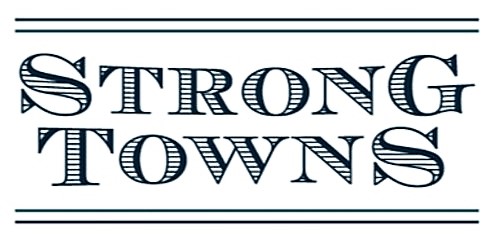
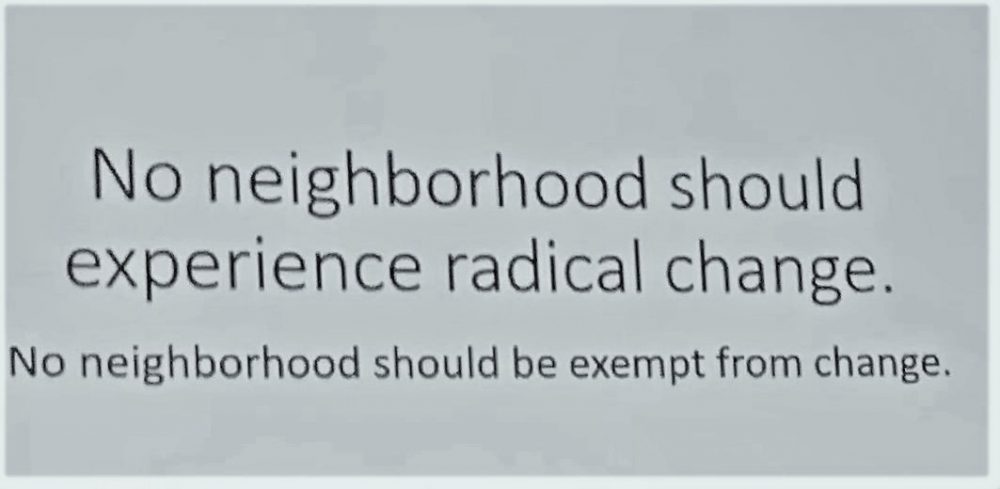
Cities can help by first listening to people’s needs in neighborhoods, then seeing what small things can be done to help right now, not big projects down the road, and be willing to adapt with that need, according to Marohn.
Adapting is being like a rainforest instead of a farm during times of extreme sun and rain, according to Marohn. A rain forest will adapt, changing, but a cornfield doesn’t change because it was designed with one purpose, to grow corn. Changes in the weather can ruin a cornfield crop, while the rainforest tucks in, with perhaps different flora more dominant at times than others, some growing under others, serving as a habitat for fauna as well. The cornfield will die and unless replanted and nurtured during idea conditions. Towns need to be more like rainforests.
In early days, if a roof leaks in a home, the owner can make small improvements to an extra room, then rent it out. That money, in turn, would pay for roof repairs, while meeting someone’s housing needs without overtaxing budgets, city infrastructure, and potentially without requiring a loan. Similarly, if citizens and business people locate in town, they can take advantage of existing infrastructure and space.
For instance, if a family moves from a metropolitan city to a small town, and lives near the heart of downtown, they could become employed at or establish their business nearby. That could allow the individual to walk to work, cutting down on the number of vehicles needed, which would put less stress on streets and reduces the family’s expenses. The infrastructure should already be in place. Funding brought in from taxes and use of services should help cover those costs for the city as opposed to moving to a subdivision on the edge of town, creating a need for more funding than is needed to maintain it.
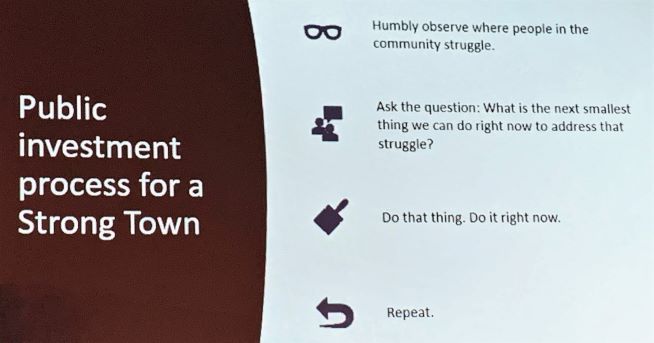
Allowing this reclamation of neighborhoods in the heart of town can sometimes require towns to lower expectations to allow small, incremental steps, according to . For instance, instead of expanding or expecting a large highway through town to bring business as one town did, another might make the road smaller, add parking, allow people to start off small in portable buildings or small spaces along that roadway. This allows them to see if their business will work, provides a service, brings them to town without the high overhead of a prime property until they are established.
There are many options, but the process starts by asking people their needs, and trying to offer options to neighborhoods and communities, solutions to their current needs. Then, cities need to keep asking people in the areas in need, listening and looking for solutions, options, ways to meet those needs, to quit building outward and start adapting within.
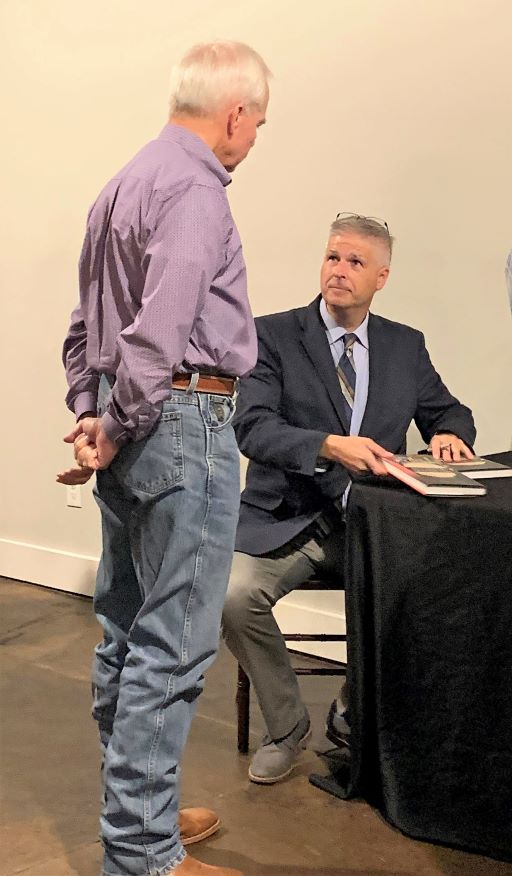
Marohn said instead of seeing an influx of peopel moving from out of state or more metropolitan areas to your city as a problem, embrace them, bring them into the city. Encourage them to fill in those areas that aren’t in use, aren’t filled, already exist, or where smaller operations can utilize existing infrastructure, enhance property values and meet needs.
The presentation lasted about 1 1/2 hours, allowed time for a few questions for the audience then featured opportunities for community members to speak briefly with Marohn when purchase his book “Strong Towns: A Bottom-Up Revolution To rebuild American Prosperity,” or his newest publication, “Confessions of a Recovering Engineer.”
Neal Barker read “Strong Towns” while working more at home during the pandemic, liked what he read so he looked more into the topic, and reached out to Marohn when his representatives noted he would be available to begin public engagement again.
Texas Farm Credit and KSBR, LLC., are sponsoring food from Haystacks. The City of Sulphur Springs also assisted in the effort to make the speaking engagement possible. Barker credited the City of Sulphur Springs, Clarion Pointe Hotel, The Venue at 219 and Lonnie Fox DJ Services are all contributing to make this event possible.
Marohn offers tips, courses, a blog and podcasts on building small towns, based on his observations and experiences in the industry, on the website for the organization dedicated to this topic, www.strongtowns.org
